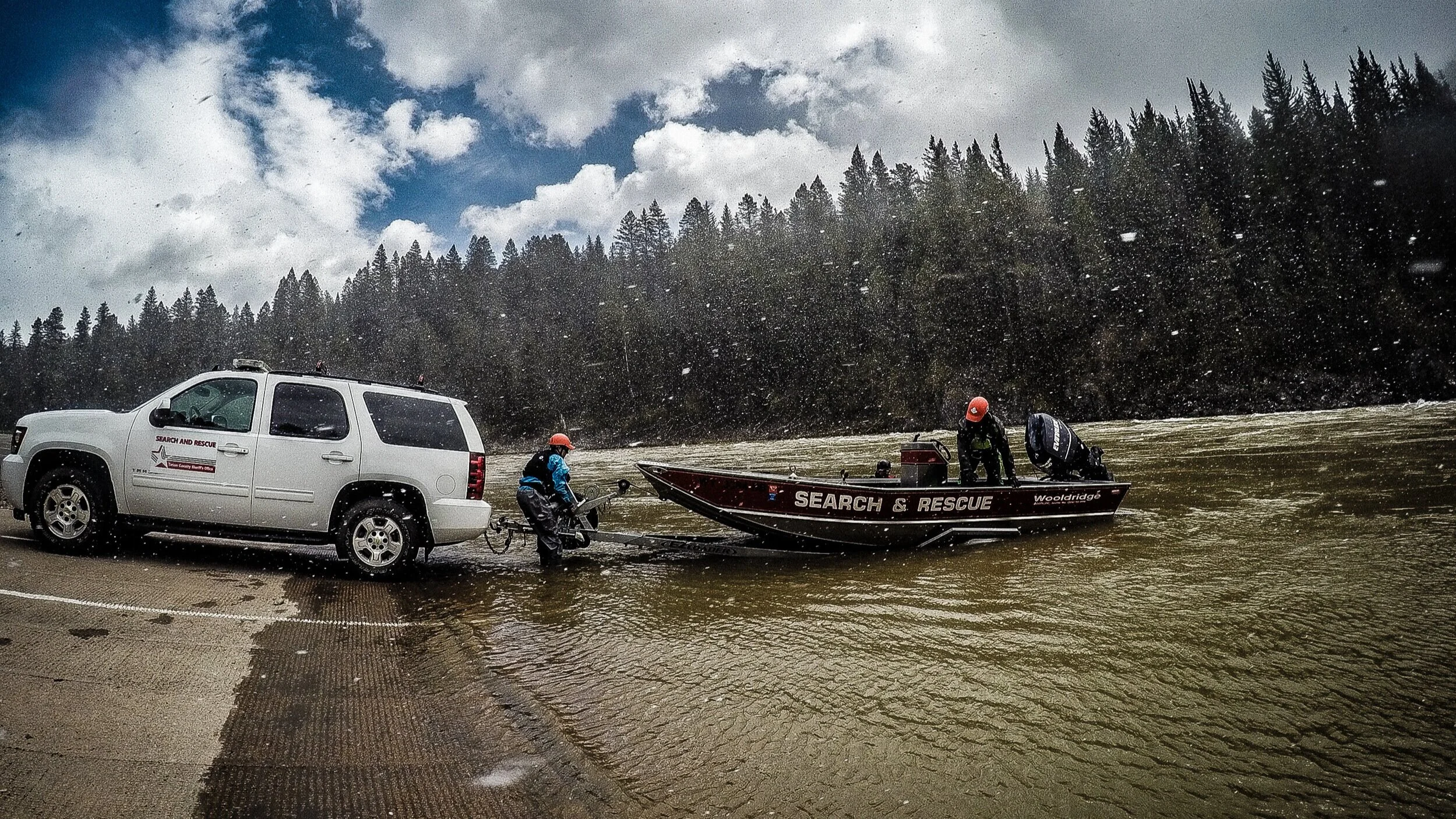It's Week 5 of Old Bill's Giving Season—the best time of the year to support TCSAR volunteers to help keep the backcountry safe
Who among us doesn’t feel the weight of remorse or flash of panic when word spreads that someone has been caught in an avalanche in the Tetons?
Do I know this person? Is it one of my friends? Didn’t so-and-so say they were going skiing up there today?
As you send out text messages and check social media and local news in search of answers, TCSAR volunteers are mobilizing to jump into the fray to respond—no matter what. It happens, from time to time, that they know the person involved. They have even been called to help fellow SAR members. But the perspective the volunteers keep on every rescue is that even if they don’t know the person, they recognize that he or she has family and friends, and that they need to do whatever it takes to get that person home.
During the pandemic, TCSAR volunteers must take extra precautions during a response, like wearing personal protective equipment and masks. Team members Ryan Combs and Jenn Sparks. Photo: Morris Weintraub
In 2009, Ryan Combs lost a friend in an avalanche. The friend wasn’t doing anything crazy; he’d been wearing a beacon and was just out enjoying a powder day. Combs remembers thinking that such an incident could easily have happened to himself, and it was one of the motivating factors that prompted him to join Teton County Search and Rescue in 2010. The notion that mountains can render the highest joys and yet cause the worst heartbreaks has never left him.
"The majority of the time the team receives a call-out, it's most often somebody I don’t know," he says. "But the universal grounding we share is we identify with somebody who’s in pain. It doesn't matter who it is, you can relate to them. That is something we all as human beings find common ground with. When you see someone not doing well, my instinct is, 'How can I help in this situation?'"
Over the last 10 years, 58 percent of all call-outs during winter in Jackson Hole are for backcountry skiers and snowboarders. This figure does not include all of the close calls, near misses, or self/companion rescues. So it is paramount that TCSAR have strong skiers and snowboarders among their ranks, though they are quick to point out that the best trait of all is being a good teammate.
Data from the 2020 Midseason Rescue Report shows how often TCSAR volunteers respond to backcountry skiing/snowboarding incidents.
In addition to being a good teammate, volunteer Jenn Sparks says skiers on the squad should also have "patience, lots of down coats, and hand-warmers."
"The cold and approaching darkness add other elements to not only teammates, but the patient as well," she says. "Knowing it takes on average of an hour to get to an injured person on skis is stressful, and now we are dealing with potential hypothermia."
With many observers believing that the backcountry this winter will be busier than ever due to the pandemic, it will be critically important to have a strong and healthy TCSAR team. You can help make that happen by donating to the Teton County Search and Rescue Foundation at Old Bill's today.
Thank you for having a mind for backcountry safety, and supporting our volunteers.











